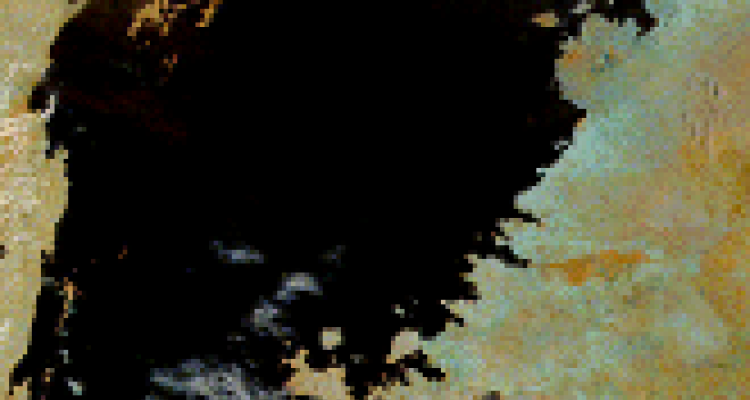
Project
SEDEC
Exploitation or eutrophication as threats for fisheries? Disentangling social and ecological drivers of ecosystem changes in Lake Victoria, Tanzania
Objectives
The research objective is to understand and unravel social and ecological drivers of ecosystem change in Lake Victoria with a focus on the impacts of size selective fishing and eutrophication on Nile perch stocks. A societal objective is to assist in developing long-term strategies to deal with the combined risks of these ecosystem changes.
Summary
Lake Victoria is the second largest freshwater lake and supports the largest freshwater commercial fishery in the world. Eutrophication and fisheries drive Lake Victoria’s changing ecosystem with far-reaching consequences for exploitation patterns, livelihoods and trade. The changes in Lake Victoria’s food web are driven both by top-down (e.g. fishing influenced by trade and management) and by bottom-up processes (e.g. eutrophication). Both processes structure the food web and thus the resource base of the fishery. Yet no attempt has been made to link them to understand feedbacks in food webs, resource use patterns and trade. The responses of the fishery to changes caused by increased eutrophication as well as the responses of Nile perch stocks to the combined impacts of size selective fishing and eutrophication will be researched in four inter-related projects that
- analyse social factors that drive decision-making processes of individuals in the fishery;
- analyse ecological factors, including size-selective fishing, that drive decisions about spatial effort allocation by fishermen;
- analyse the impact of eutrophication and Nile perch predation on food web structure, and
- model the interactions and feedbacks resulting from eutrophication and fishery, as most likely factors driving changes in Lake Victoria’s food web. Scenarios to assess management under non-steady state conditions will be developed in collaboration with international scientific experts and with regional and national government and research institutions. A networking NGO will be instrumental in communicating results to fishing communities and the general audience.
Results
Modesta Medard (decision making of local actors related to fisheries), Happy Peter (effort allocation in fisheries and spatial distribution of Nile perch) and Ilse Cornelissen (mesocosm study and limnology) currently start with their experimental and observational field work in Tanzania after an initial training in Wageningen; while Andrea Downing is developing minimodels, and adapting existing ecosystem models (PC Lake and Piscator) to the Lake Victoria environment, next to collating data from general litetarture and existing databases to parametrise the models. Together with Ilse Cornelissen she is busy oping ECOPATH models to simulate mesocosm experiments and update existing ECOPATH models with new information. In addition Andrea works with Modesta and Happy on a "fishing entity" model, a module of PCLake to simulate reactions of the fishery to the observed ecosystem changes. In January 2009 the first SEDEC Scientific meeting was held in Wageningen, during which the four PhD students presented their proposals. The meeting was attended by all supervisors from the Netherlands and Tanzania as well as selected stakeholders (Mr.V. Haule, vicedirector of the Fisheries Department in Tanania; Dr. O. Mkumbo, LVFO Uganda); the Scientific advisory board (Dr. R. Hecky (University of Minnesota, USA), Dr. J. Kolding (University of Bergen, Norway), Dr. V. Balirwa (Director NAFIRRI, Uganda) and Dr. J. Beuving (Free University Amsterdam, the Netherlands) and African lakes specialists (Dr. Frans Witte, University of Leiden; Dr. Stephanie Guildford, University of Minnesota).
See further website: SEDEC
Towards an ecosystem based approach to management In: G. Bianchi, H.R. Skjoldal, The Ecosystem Approach to Fisheries. CABI, 400p. ISBN: 9781845934149. Link